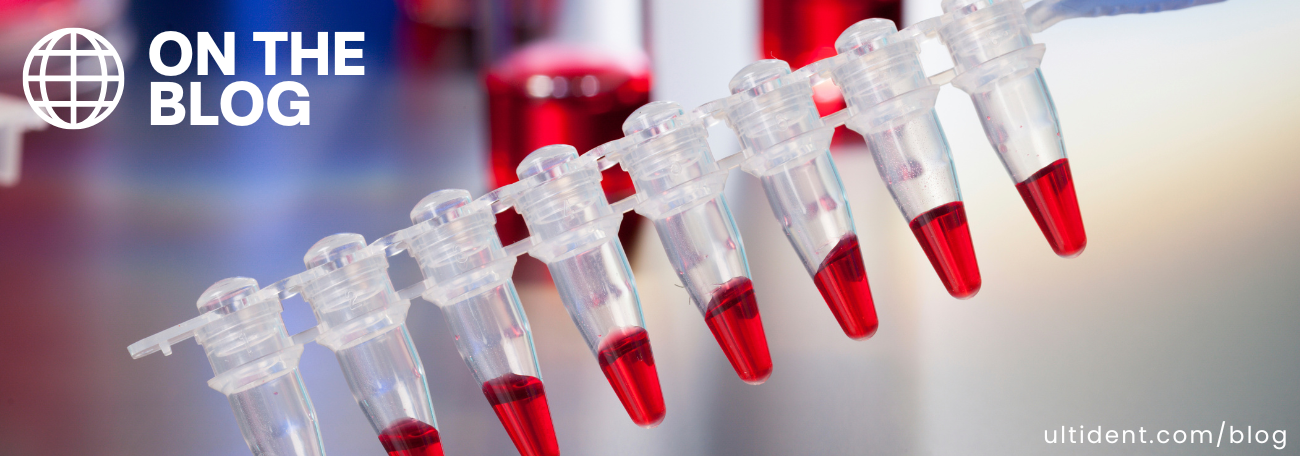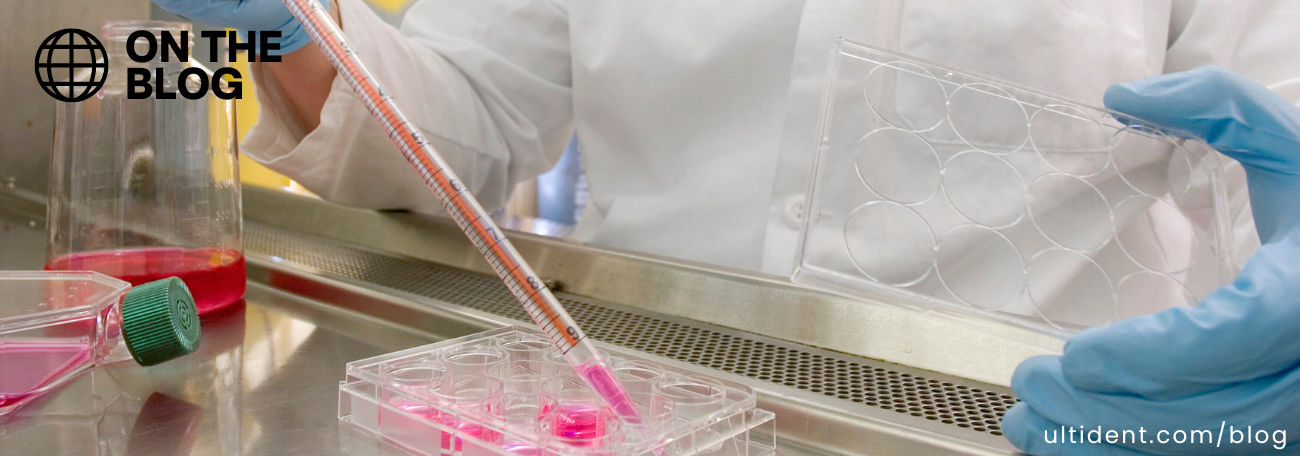Celebrating PCR: 5 Innovative Breakthroughs That Changed the Course of Science


Celebrating PCR: 5 Innovative Breakthroughs That Changed the Course of Science
Nearly 40 years after its invention, scientists continue to find ground-breaking applications for PCR. What is even more amazing is that these achievements span vastly across scientific disciplines including forensics, paleontology, and agriculture.
PCR is shorthand for a simple but very powerful procedure in molecular biology called polymerase chain reaction. Scientists can amplify a segment of DNA or produce millions of copies and compare this DNA to other samples.
Let's take a look at some of the top triumphs that are the result of this incredible technology.
1- The Human Genome Project
The Human Genome Project was the international research effort to determine the DNA sequence of the entire human genome. The first drafts of the human genome, published 20 years ago, opened the doors to a whole new understanding of genetics, DNA and how it affects humans physiologically. The human reference genome has profoundly changed the way medical research is conducted and the way drugs are developed. Having a master blueprint has allowed researchers to develop therapies that resulted in over 2000 new drugs that target specific human genes or proteins.
2- Forensic Science
PCR has emerged as a very important tool to identify criminals. Using crime scene evidence such as blood, hair and pollen forensic experts can create a DNA fingerprint (also called a DNA profile) which provides identification of individuals and familial relationships. PCR technology allows DNA to be identified from tiny samples – a single molecule of DNA can be enough for PCR amplification. The downside of this technique is that experts can only compare crime scene DNA with a databank of DNA samples from known criminals.
3- Ancient DNA Analysis
Archaeologists and paleontologists use PCR to extract ancient DNA from hair, bones, fossils, or other tissues. PCR has revolutionized the way these samples are studied because with only a minute quantity of extremely old DNA a wealth of information can be gathered. Even with ancient samples, genomes can be sequenced allowing scientists to piece together information which can further knowledge on evolution. Genome sequencing can also aid in phylogenetic studies (the evolutionary relationships among biological entities), leading to greater understanding of organisms’ evolutionary relationships to each other.
4- Food and Agriculture
Although selective breeding of crops has been around for centuries, the genetic code of our food can now be modified directly using GMO’s (Genetically Modified Organisms). By modifying genetic materials to create combinations of plants that do not occur in nature we are able to improve food and food production. GMOs are not without controversy, while some hail GMO’s as the answer to feeding a growing population, anti-GMO activists fear that in the absence of long-term feeding studies, the safety of GMOs is unknown.
5- Medicine
In addition to research applications, PCR is also commonly used in clinical and medical applications. PCR can detect a small number of infectious microbes and allows for earlier, more accurate diagnostics, an application which has been hailed as the unlikely hero of the COVID-19 pandemic. Newer PCR techniques like real-time RT-PCR are extremely helpful in drug development providing a rapid overview of how cells respond to certain compounds. RT-PCR is hailed as revolutionizing the development of drugs and diagnostic testing. Notably, it is being used to diagnose and treat hepatitis C. RT-PCR has also revolutionized the identification of cancer and tumor biomarkers by allowing for quick cross examination between cancer cells and normal cells.
Ultident Scientific carries a variety of PCR consumables including plates, seals, strips and tubes to meet the needs of your application. Click here to browse our large selection of 96 and 384 well plates designed to precisely fit the majority of PCR thermal cyclers and sequencers on the market today.





